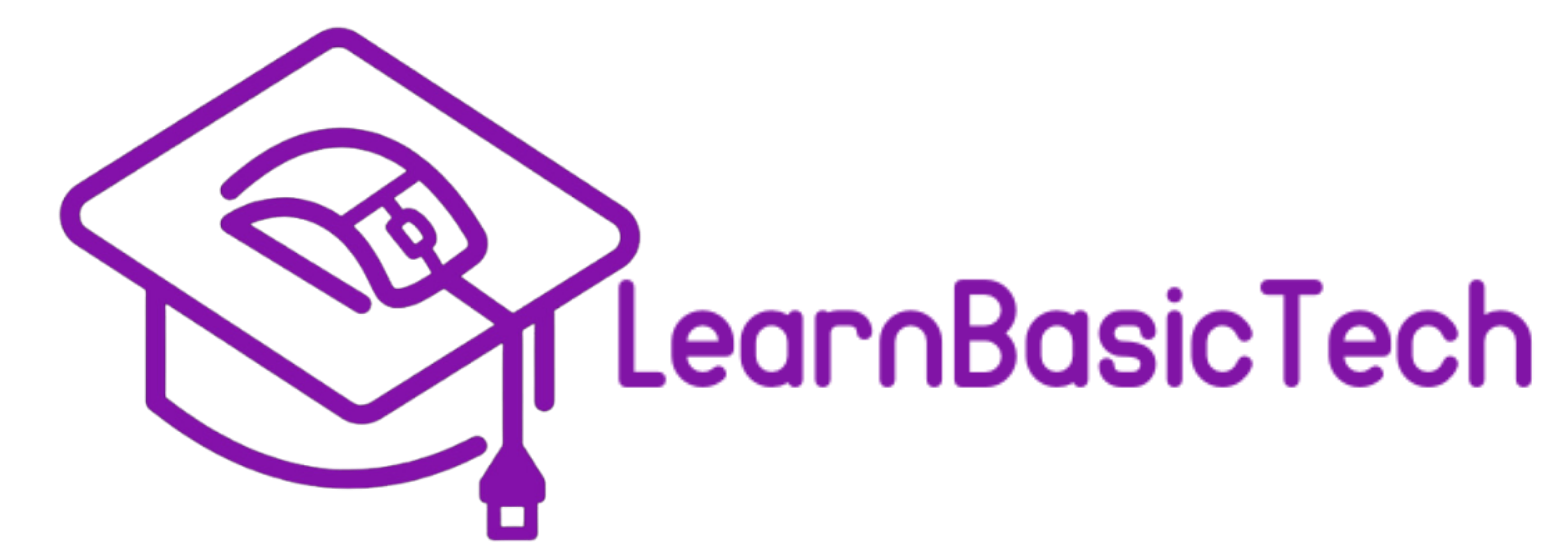Explore Smartphone Accessibility Features Made for Beginners!
Accessibility features help make technology and digital content easier to use for people with limitations or just beginners. These tools are meant to make websites, apps, and devices more inclusive and user-friendly. By designing with accessibility in mind, technology can better meet the needs of all kinds of users, making it more flexible and helpful for everyone.
Sample Accessibility Settings:
Adjusting Font Size and Bold Text
Using Screen Readers
Using Voice Features
Adjusting Font Size and Bold Text
1. Open the Settings app.
2. Tap Accessibility.
3. Tap Display & Text Size.
4. Tap Larger Text.
5. Use the slider to adjust the font size.
- Turn on Larger Accessibility Sizes at the top for even bigger text options.
Enable Bold Text:
1. Go to Settings.
2. Tap Accessibility.
3. Tap Display & Text Size.
4. Toggle Bold Text to ON.
Using Screen Readers: VoiceOver (iPhone) & Talkback (Android)
Here are the steps to turn on VoiceOver on an iPhone:
1. Open the Settings app on your iPhone.
2. Scroll down and tap on Accessibility.
3. Under the Vision section, tap VoiceOver
4. Toggle the switch to turn on VoiceOver. You can also adjust settings such as speech rate, pitch, and language here.
Here are the steps to turn on TalkBack on an Android device:
1. Open the Settings app on your Android device.
2. Scroll down and tap on Accessibility (you may find it under the "Additional settings" or "System" section, depending on your device).
3. Under the Screen readers section, tap TalkBack.
4. Toggle the switch to turn on TalkBack.
A confirmation prompt will appear.
5. Tap "OK" to confirm that you want to enable TalkBack.
Once enabled, TalkBack will start reading aloud the items on your screen as you interact with them, such as buttons, text, and other UI elements.
Using Voice Features
📱 On iPhone (iOS)
1. Open Settings on your iPhone.
2. Scroll down and tap Accessibility.
3. Under the "Physical and Motor" section, tap Voice Control.
4. Tap Set Up Voice Control (if it’s your first time).
5. Follow the on-screen instructions and tap Continue.
6. Once setup is complete, toggle Voice Control to On.
A blue microphone icon will appear at the top of your screen, showing Voice Control is active.
*To turn off, simple say “Turn off Voice Control”
You can now say commands like “Open Safari,” “Swipe left,” or “Tap Send.”
📱 On Android
1. Open Settings on your Android device.
2. Tap Accessibility.
3. Find and tap Voice Access.
4. Turn Voice Access On. (You might need to download it first from the Play Store if it’s not installed.)
5. Follow the on-screen instructions to set up permissions and activation methods (like using a button or saying “Hey Google, Voice Access”).
Once it’s active, numbers will appear on the screen, letting you say things like "Tap 5" or "Open Messages."
Conclusion:
In times of crisis, staying connected to reliable information sources is essential for making quick, informed decisions that can protect you and your loved ones. By using a combination of alerts, news outlets, and community networks, you can stay ahead of potential dangers and respond effectively. Remember, being informed is the first step toward staying safe.
Join Us Today!
Exploring smartphone accessibility features is a great first step for beginners to make their devices easier and more comfortable to use. Whether it’s adjusting text size, enabling voice control, or simplifying the interface, these tools are designed to support a wide range of needs and preferences. By taking the time to discover and activate these features, users can easily navigate through their smartphones.
Come visit us today and start your journey towards digital confidence. Together, we can delete the digital divide, one learner at a time. We can’t wait to help you get started!
➡️ Sign up for our future events here: https://www.eventbrite.com/o/learnbasictechorg-83606808403
🌐 Learn more about us: https://LearnBasicTech.org
📲 Follow us on social media for updates:
Facebook: https://www.facebook.com/LearnBasicTech
X: https://x.com/learnbasictech
Instagram: https://www.instagram.com/learnbasictech/
